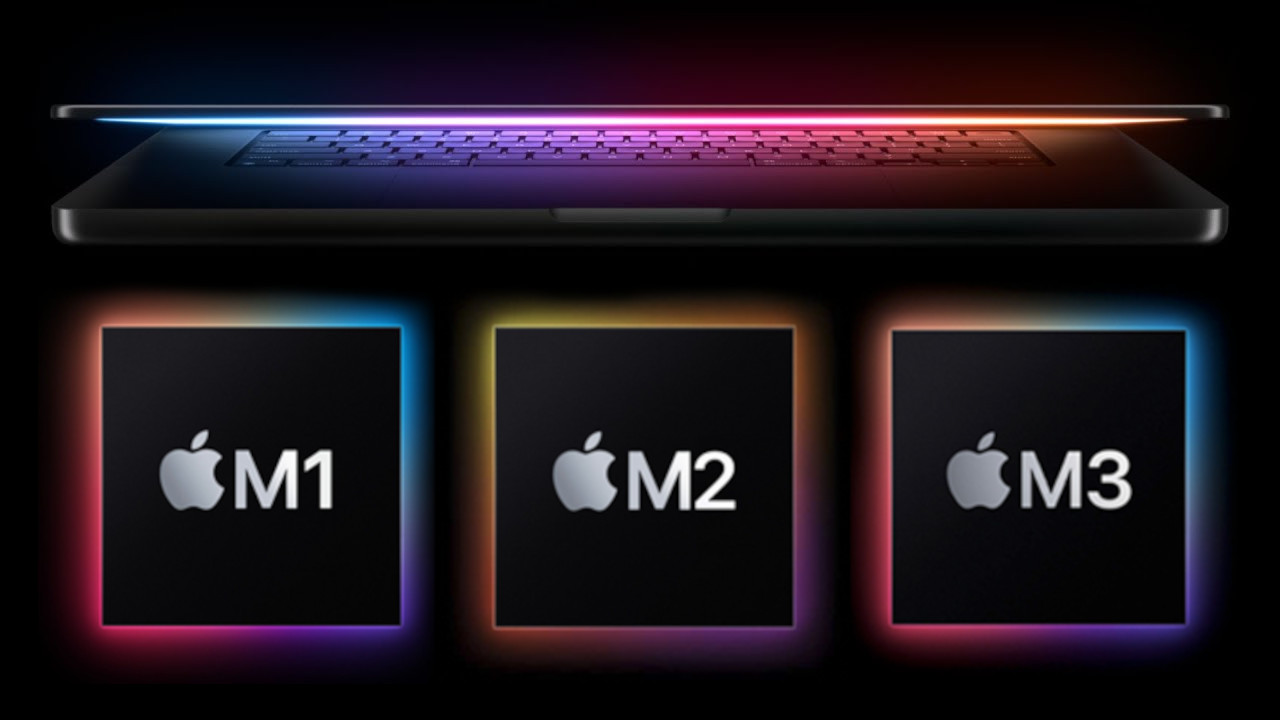M3 vs M2 vs. M1: How Apple’s Silicon Has Evolved
Discover how Apple's M1, M2, and M3 chips have evolved, from performance upgrades to power efficiency improvements. Learn which chip best suits your needs in this in-depth comparison
Ryan R
Contributing Writer

Apple's transition to in-house silicon has revolutionized the Mac lineup, introducing a series of chips that have significantly enhanced performance and efficiency. This article explores the evolution of Apple's silicon, focusing on the M1, M2, and M3 chips, and provides guidance on selecting the right chip for your needs.
The Dawn of Apple Silicon: M1 Chip
In November 2020, Apple unveiled the M1 chip, marking its first venture into custom silicon for Macs. Built on a 5-nanometer (nm) process, the M1 integrated an 8-core CPU with four performance cores and four efficiency cores, delivering a remarkable boost over previous Intel processors. This architecture allowed for optimized power consumption without compromising speed, making it ideal for everyday computing tasks. The M1 also featured an 8-core GPU, providing efficient performance for creative applications.
Refinement and Enhancement: M2 Chip
Released in June 2022, the M2 chip built upon the foundation of the M1, offering refinements in both performance and efficiency. Maintaining the 5nm architecture, the M2 increased the transistor count, resulting in an 18% faster CPU and a 35% more powerful GPU compared to its predecessor. Memory bandwidth saw a significant boost from 68GB/s in the M1 to 100GB/s in the M2, enhancing multitasking capabilities and making it better suited for demanding workflows. These improvements catered to professionals engaged in video editing, graphic design, and content creation.
A Leap Forward: M3 Chip
In October 2023, Apple introduced the M3 chip, representing a substantial advancement in its silicon technology. Transitioning to a 3nm process, the M3 achieved a 20% increase in CPU performance and up to a 40% enhancement in graphics performance over the M2. This shift not only improved speed but also enhanced energy efficiency, extending battery life in devices. The M3 introduced hardware-accelerated ray tracing, elevating rendering quality for graphics and gaming applications. Additionally, the M3 supported up to 24GB of unified memory, facilitating seamless performance for professionals handling large files and complex tasks.
Choosing the Right Chip for Your Needs
Selecting the appropriate chip depends on your specific requirements:
- M1 Chip: Ideal for everyday users, students, and those engaged in light creative work. It offers a balanced combination of performance and efficiency, making it suitable for tasks such as web browsing, document editing, and media consumption.
- M2 Chip: Suited for professionals involved in more intensive tasks like video editing, graphic design, and content creation. The enhanced GPU and increased memory bandwidth provide a noticeable improvement over the M1, accommodating more demanding applications and multitasking needs.
- M3 Chip: Designed for high-performance users, including 3D artists, AI developers, and professionals working with high-resolution video content. Its advanced GPU features, including hardware-accelerated ray tracing, and support for up to 24GB of unified memory make it the optimal choice for power-intensive tasks.
Conclusion
Apple's progression from the M1 to the M3 chip underscores its commitment to innovation in performance and efficiency. Each iteration has brought meaningful enhancements, catering to a diverse range of user needs. Whether you're a casual user or a professional requiring robust computing power, understanding the distinctions between the M1, M2, and M3 chips will assist you in making an informed decision aligned with your computing requirements.

